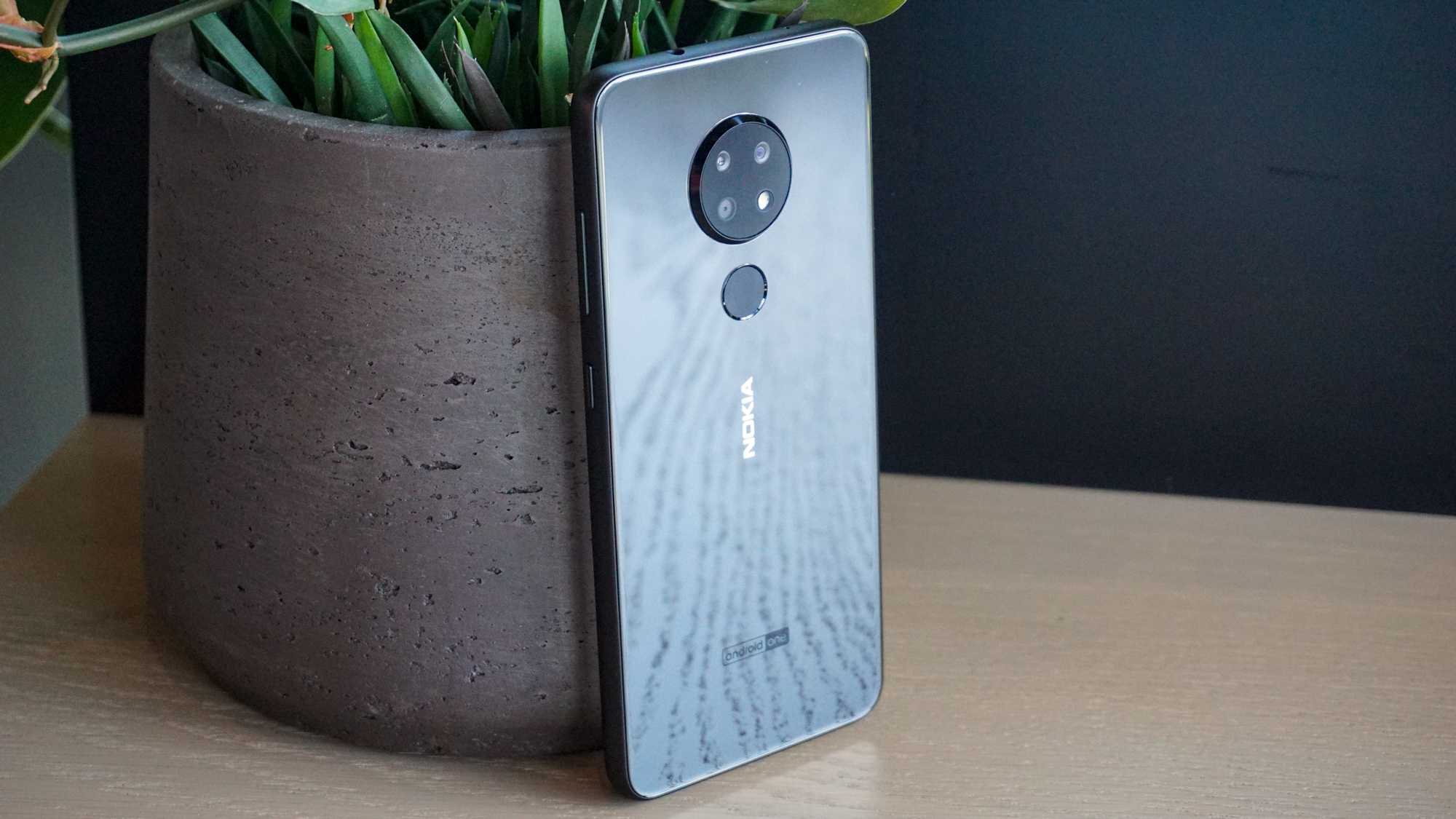Nokia 7.2 and Nokia 6.2 offer style and substance at affordable prices
Plus there's a new flip phone

HMD Global - the firm behind Nokia phones these days - has announced a range of new handsets at IFA 2019, with the Nokia 7.2 and Nokia 6.2 the picks of the bunch.
Both the 7.2 and 6.2 come with a 6.3-inch Full HD+ LCD display which boasts the firm's PureDisplay technology which automatically up-scales SDR content to HDR, providing brighter, more vivid visuals, plus the panel supports HDR10.
They also each have a 3,500mAh battery, rear fingerprint scanner, triple rear cameras, a microSD slot and come running Android 9 Pie, with an upgrade to Android 10 before the end of the year.
- Read our hands on: Nokia 7.2 review
- Read our hands on: Nokia 6.2 review
- The best Nokia phones right now
Nokia 7.2
The Nokia 7.2 is the better of the two devices, with a more powerful Snapdragon 660 chipset, the choice of 4GB or 6GB of RAM, 64GB or 128GB of storage and a triple camera array headlined by a 48MP main camera.
That's joined by an 8MP wide-angle lens and a 5MP depth sensor for Bokeh style portrait shots. Round the front a 20MP seflie snapper resides in the small waterdrop notch at the top of the display.
The Nokia 7.2 release date is set for the end of September, and prices start at €299 / AU$499 (roughly $330, £270) for the 4GB/64GB model, while the 6GB/128GB configuration will set you back €349 (around $380, £315). In Australia, there's also a 4GB RAM / 128GB storage model for AU$549.
Nokia 6.2
The Nokia 6.2, meanwhile, makes do with the still perfectly acceptable Snapdragon 636 chipset, which is paired with with 3GB or 4GB of RAM depending on the model you opt for.
Sign up for breaking news, reviews, opinion, top tech deals, and more.
Those RAM choices are married with 32GB and 64GB of storage respectively. You still get three rear cameras, but the main camera here is a 16MP offering, while the supporting lenses remain the same as on the 7.2.
The front camera on the Nokia 6.2 also gets a downgrade, with an 8MP snapper located in the notch.
The Nokia 6.2 release date is set for October, and you're looking at an outlay of €199 (around $220, £180, AU$320) for the 3GB of RAM and 32GB of storage model, while the 4GB/64GB configuration will set you back €249 (around $270, £230, AU$400).
A new flip phone
While the Nokia 7.2 and Nokia 6.2 were the only smartphones announced during the firm's IFA 2019 press conference there were a few feature phones launched alongside them.
The Nokia 2720 Flip is a 4G enabled feature phone with a 2.8-inch color display and access to to Google Assistant, Google Maps, YouTube, Facebook and WhatsApp.
There's no touch display, and it uses a traditional numeric keypad, but there is an smaller second display on the outside of the phone for the time, date and caller ID.
It's been designed with accessibility in mind too, with an emergency key on the left of the handset which can be set to call up to 5 contacts in a row when pressed. The keypad is large, and text size on screen can be increased to make it more readable.
You'll be able to pick up the 2720 Flip from September for just €89 ($100, £80, AU$140).
Nokia gets rugged
A new area the brand is looking to get into is rugged devices, and the Nokia 800 Tough is its first offering. It is the "most durable Nokia phone ever", and apparently the longest lasting too with up to 43 days standby from a single charge.
With an IP68 rating it can survive in water to a depth of 1.5 meters for up to 30 minutes, and withstand a drop of 1.8 meters directly onto concrete.
It also boasts military grade durability, a headphone jack, microUSB port, flashlight, grippy rubberized design and a loop at bottom for easy attachment to carabiners.
The Nokia 800 Tough will be available from October for €190 (around $210, £170, AU$300).

TechRadar's former Global Managing Editor, John has been a technology journalist for more than a decade, and over the years has built up a vast knowledge of the tech industry. He’s interviewed CEOs from some of the world’s biggest tech firms, visited their HQs, and appeared on live TV and radio, including Sky News, BBC News, BBC World News, Al Jazeera, LBC, and BBC Radio 4.